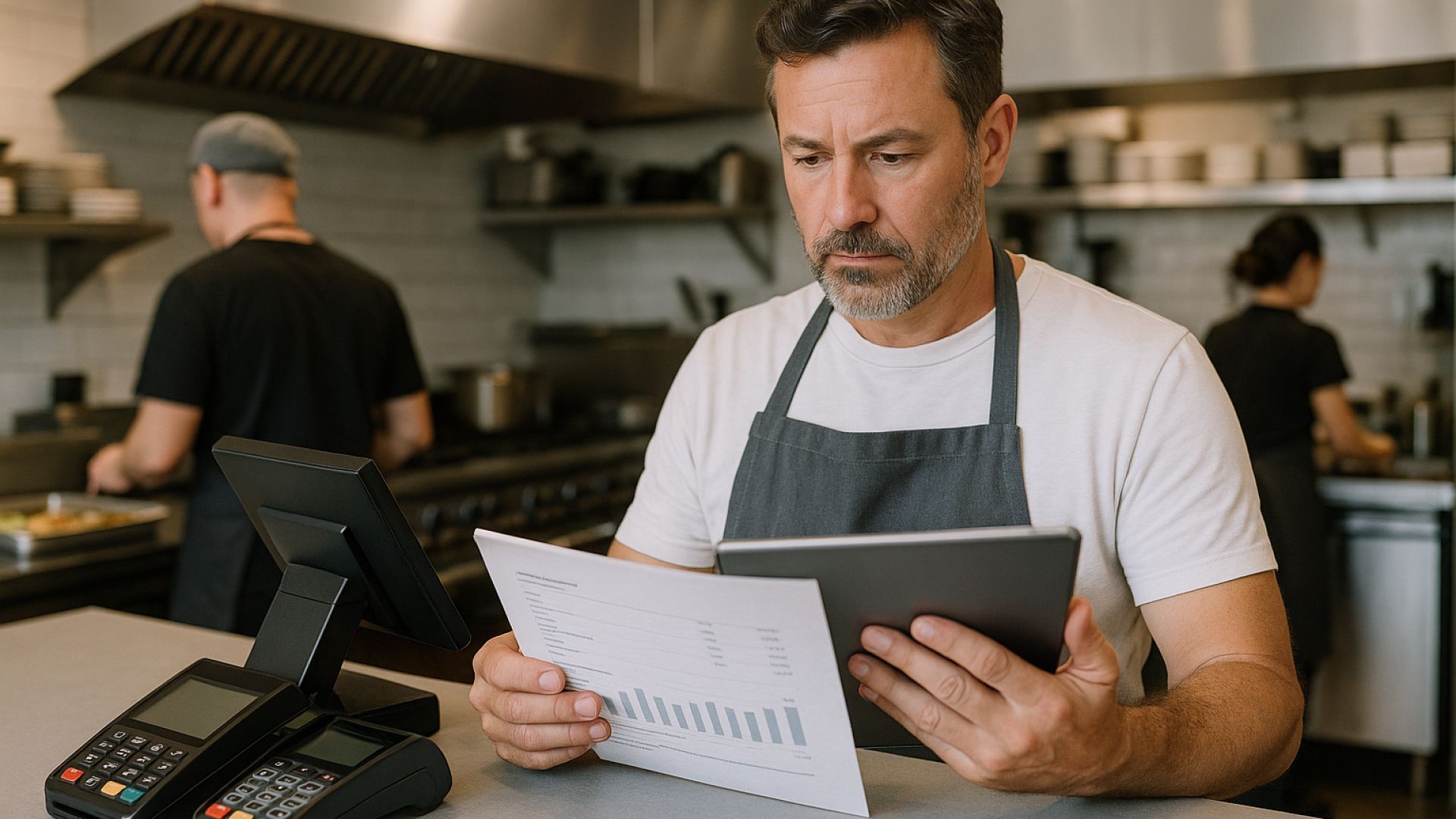Challenges to Accounting for Enterprise Franchise Restaurant Businesses | Global Shared Services

For franchise restaurant businesses to succeed, it’s imperative to develop efficiency in processes. There is no 150+ location business that hasn’t streamlined its systems toward that end. Growth in the franchise model demands it.
While economies of scale may not be easy to find in the franchise model, the processes are replicable; once margin is established, it can be enacted again, and again, and again, so that even if the profit margin percentage doesn’t increase, the gross profit volume does.
Despite their tendency toward efficiency, though, enterprise franchise businesses still have a concurrent tendency to make a common mistake in selecting an accounting solution: they overvalue internal teams. This leads them to miss out on the increased efficiencies that could be gained through outsourcing and accompanying economies of scale.
At bottom line, here’s why internal accounting solutions don’t make sense for enterprise franchise businesses – and how we’ve seen efficiencies develop for the businesses that move toward external solutions.
The Appeal of Internal Teams
Before we address the problems inherent to internal solutions, let’s first address their appeal: why do so many enterprise franchise businesses pursue an inefficient option?
The answer likely comes down to two factors: lack of awareness and human nature.
Businesses may not be aware of the cost efficiency and service level available via outsourced services. Second, though, people tend to gravitate toward the aesthetic of having people in-house. When senior-level employees are tasked with building up an internal accounting team, it’s seen as a career boost for that individual and a nice bump for the company. On a surface level, everyone wins.
In reality, though, all stakeholders suffer the cost of inefficiency.
Internal Accounting Is High-Cost
We’ve written about the difficulties posed by the accounting talent market before, but it bears repeating: the labor market for accounting resources tends to be skewed.
Because the global market has dampened the value of transactional accounting skills, fewer people pursue accounting careers. Consequently, many places – especially the non-urban locations where franchise businesses tend to be based – suffer from a shortage of local accounting talent.
The shortage inflates the cost of any talent that is available locally, making internal teams cost-inefficient.
Internal Accounting Is Suffering from High Turnover
Additionally, internal franchise accounting teams tend to pose employee churn risks.
This is due to two reasons. First, the global accounting market has made the local accounting market unstable; local talent tends to gravitate toward higher-level opportunities as quickly as possible, because the risk of being replaced by an outsourced solution is high. This desire for upward mobility results in more rapid turnover as employees are eager to leave to continue career climbs.
Second, internal accounting teams don’t typically provide incentives for high performance. Because general or transactional accounting is often viewed as a utility, internal teams often only receive feedback when performance is below the bar – there’s no incentive toward growth, and fewer career plans to higher-level positions.
The end result is that enterprise franchise businesses are hard-pressed to maintain stability in internal accounting talent. Instead, they must constantly battle costly turnover.
Outsourced Solutions Are Cost-Efficient and Stable
The businesses that move toward outsourced solutions, however, are able to capitalize on this model’s efficiency and stability.
Outsourced accounting providers have both better access to accounting talent and the ability to grant upward mobility to that talent. The result is that they’re lower cost, more stable, and, ultimately, more efficient.
For instance, we’ve found that internal accounting resources are typically able to service about seven locations per person; based on optimized teams, we’re able to service up to fifteen locations per person, at lower costs. For enterprise businesses, the savings add up quickly.
Outsourced Solutions Enable More Efficient Technology
Finally, outsourced accounting services also enable enterprise businesses to more efficiently use technology solutions.
As a Restaurant365 partner, for example, we’ve witnessed the power of cohesive technology across enterprise business locations. Often, even largescale franchise businesses suffer from systems inefficiencies – perhaps as a consequence of using generalist technology that’s not tailored to restaurants, or perhaps simply because inefficiencies that were once small have grown with the business.
As an outsourced provider, we’re able to offer below-market rates on technology solutions thanks to economies of scale. Additionally, we’re able to offer expertise in systems that likely wouldn’t be available via an internal team, meaning that solutions are set up and utilized so that cost efficiencies increase.
Don’t Overvalue an Inefficient Solution
If you’re considering expanding an internal accounting department or pursuing a new technology solution, make sure that you aren’t overvaluing inefficiency.
Your continued growth depends on it.
To learn more about our outsourced solutions, get in touch with us today for an enterprise consultation.
Share this post
Insights






